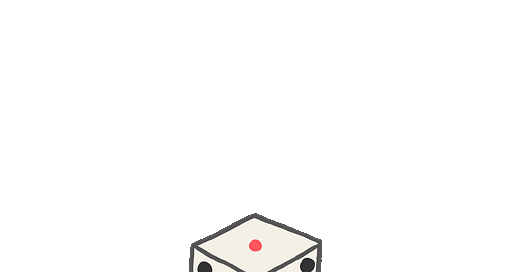
Are gaming apps games-of-skill or games-of-chance?
A few days ago, Google restricted the availability of Paytm for new downloads on the Playstore. Google issued a statement saying that Paytm violated its policy on gambling in India.
Since the last few years, payment apps have been gamified to make people transact more on the platform. Is gamification similar to gambling?
This can be addressed by looking at parallels in the overall gaming market.
Loot-box
Video games are often seen as games-of-skill. The US$135 billion gaming industry has many revenue streams. But one of the revenue streams that has got the attention of regulators in different countries is loot-box.
A loot-box is a virtual item that can be redeemed to obtain a randomized collection of items that can help in improving the performance of the player. Since there is an element of luck involved in the loot-boxes, there are concerns that this will promote gambling.
Developer’s Argument
1. Freemium Model
In-game purchases such as loot-box help them to offer the game as free-to-play. They contend that this pricing model is similar to the freemium model in software products or the razor-blade model for consumables.
2. Network Effect
Creates network effects in Massively Multiplayer Online Games (MMO) that help them to cover the cost of maintaining the game.
3. Tazos in Cheetos
The element of luck involved is similar to the physical collectibles that we get with products such as the Tazos in Cheetos, the toys in Kinder Joy, etc.
Then why the loot-boxes are modelled like spinning wheels?
The loot-boxes are modelled to resemble slot machines and roulette wheels. There is evidence that the loot-box induce the same physiological response as that of slot machines.
Game designers incorporate design cues like shaking and trembling before displaying the contents, to heighten the arousal and anticipation.

Loot-box employs a motivation mechanism called the compulsion loop that causes a user to continue an activity. This is facilitated by actions that trigger the release of a neurochemical reward - dopamine - for continuing the activity. The compulsion loop consists of three steps:

Gaming companies employ behavioural economists and persuasive design experts to ensure that users are engaged in this loop.
Loot-boxes are an example of variable-ratio schedule positive reinforcement, in which the anticipation of a future win of a rare item in the loot-box is the motivation for a person to continue the activity.
For loot-box mechanics to be profitable to a gaming company, they should nudge players to spend real-money on purchases. Hence, we now see how this gamification of loot-boxes in games and payment apps is structurally similar to gambling.
What is the Solution?
The central issue is the imbalance of power and information and the misalignment of incentives of the regulator and gaming companies against that of a player.
Displaying the probability of getting an item will remove the imbalance. Some countries and platforms have mandated the display of probability for loot-boxes (scratch cards).
Upper cap on the number of loot-boxes that can be opened in a day. This would disincentivize the gaming companies from excessively focusing on ‘engagement’.
Alternate pricing options like allowing the player to pay for an item after revealing the content can help to leave positive surplus to the player.
It can be debated if the government or a platform regulator has to step in between the actions of two consenting adults.
Gambling need not be curtailed in these platforms as long as players derive utility from the act of ‘gambling’ itself and not from the monetary payoff.
Do let us know if you think gaming apps are games-of-chance and not skill?



